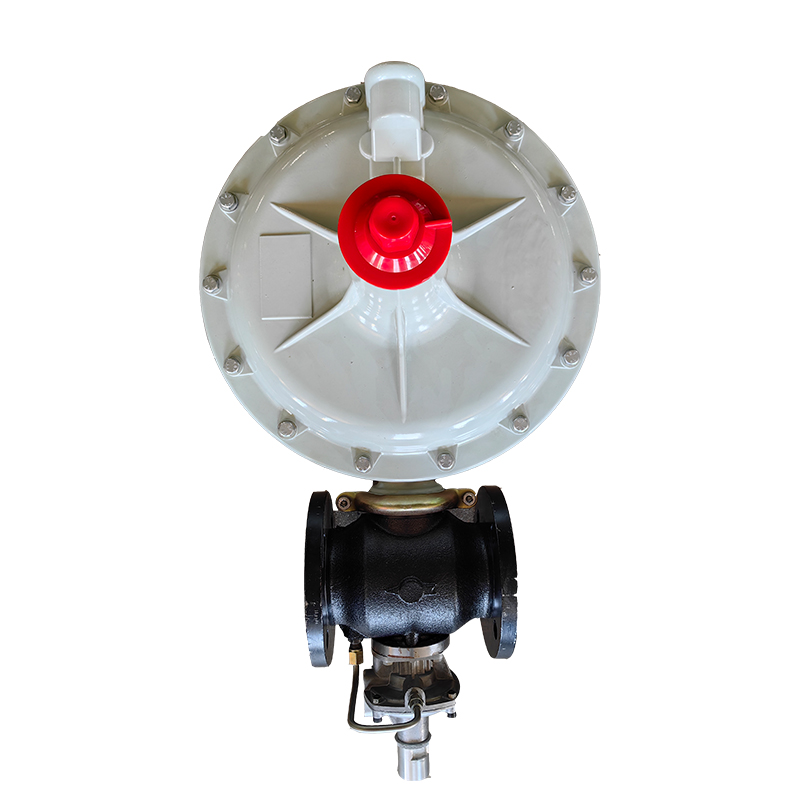
Oct . 31, 2024 21:51
Back to list
Efficient Heat Exchanger Designs for Natural Gas Applications and Their Benefits
Natural Gas Heat Exchanger An Essential Component for Efficient Energy Use
Natural gas is increasingly becoming a primary energy source for both residential and industrial applications due to its efficiency and lower carbon emissions compared to other fossil fuels. However, to maximize its utility and efficiency, heat exchangers play a critical role. A heat exchanger is a device that facilitates the transfer of heat between two or more fluids without mixing them. In the context of natural gas, these systems are vital for enhancing energy efficiency and reducing operational costs.
Heat exchangers can come in various designs and configurations, each suited to specific applications. The most common types used in natural gas systems include shell and tube, plate, and air-cooled heat exchangers. Shell and tube heat exchangers consist of a series of tubes, one set carrying natural gas and the other carrying a secondary fluid (like water or oil) to absorb or dissipate heat. This design allows for efficient heat transfer due to the large surface area provided by the tubes.
In industrial settings, natural gas can be used to heat water, steam, or other fluids for various processes. For instance, in power generation, combined cycle power plants utilize natural gas heat exchangers to recover waste heat from gas turbines and convert it into additional electricity. This process not only increases the efficiency of the plant but also reduces greenhouse gas emissions per unit of electricity produced.
In residential applications, natural gas heat exchangers are found in home heating systems, such as furnaces and boilers. These systems heat air or water that is then distributed throughout the home, providing warmth during colder months. Modern gas furnaces often employ advanced heat exchangers designed to extract the maximum amount of heat from the burning gas, thereby achieving higher efficiency ratings.
natural gas heat exchanger

The implementation of high-efficiency natural gas heat exchangers can lead to significant cost savings for consumers and businesses alike. By ensuring optimal performance, these systems reduce the amount of fuel required to achieve the desired heating effect. Additionally, many heat exchangers are designed to reduce heat loss, enhancing overall energy conservation.
One of the key considerations in selecting a heat exchanger for natural gas applications is the materials used in its construction. Given the corrosive nature of some gas compounds, particularly in the presence of moisture, selecting corrosion-resistant materials is crucial for longevity and reliability. Stainless steel and specialized alloys are often preferred for their durability and performance under varying temperatures and pressures.
Furthermore, as the world moves toward more stringent regulations on emissions and energy efficiency, the role of natural gas heat exchangers is expected to evolve. Innovations in technology, such as the development of more compact designs and improved testing methods, will enhance their effectiveness. Smart systems equipped with sensors and automated controls are also being integrated to monitor performance and optimize energy consumption in real time.
In conclusion, natural gas heat exchangers are essential for optimizing the use of this valuable energy resource. Whether in residential heating systems or large-scale industrial applications, they enhance efficiency, reduce costs, and are key in the transition to cleaner energy solutions. As technology continues to advance, the future of natural gas heat exchangers looks promising, leading to greater energy savings and environmental benefits.
Latest news
-
Safety Valve Spring-Loaded Design Overpressure ProtectionNewsJul.25,2025
-
Precision Voltage Regulator AC5 Accuracy Grade PerformanceNewsJul.25,2025
-
Natural Gas Pressure Regulating Skid Industrial Pipeline ApplicationsNewsJul.25,2025
-
Natural Gas Filter Stainless Steel Mesh Element DesignNewsJul.25,2025
-
Gas Pressure Regulator Valve Direct-Acting Spring-Loaded DesignNewsJul.25,2025
-
Decompression Equipment Multi-Stage Heat Exchange System DesignNewsJul.25,2025

